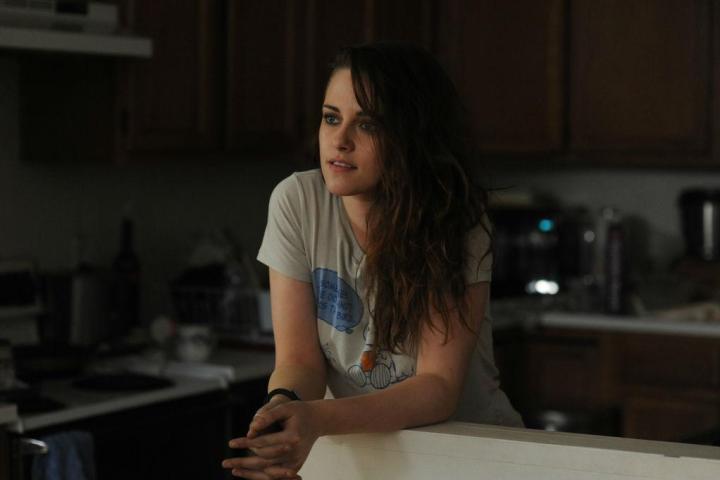
Sadly that’s no longer true. No, we haven’t gotten any wealthier, more handsome, or well-known, but Twilight actress Stewart now has her name on a newly published paper on machine learning.
Having recently made her debut as a director with the short film Come Swim, the paper — titled “Bringing Impressionism to Life with Neural Style Transfer in Come Swim” — details a technique used in Stewart’s film, designed to give the opening and closing scenes a painterly quality.
“We document how the technique can be driven within the framework of an iterative creative process to achieve a desired look, and propose a mapping of the broad parameter space to a key set of creative controls,” the paper reads. “We hope that this mapping can provide insights into priorities for future research.”
Sharing credits with Stewart on the paper is Starlight Studios producer David Shapiro and first author Bhautik Joshi, a research engineer at Adobe. No, there is no breakdown on exactly who contributed what to the work, but it is interesting as a reminder of how important artificial intelligence techniques are becoming to the creative process.

“What interested me most about the paper is what it suggests about the way these technologies are now being used in a production environment,” said Alexis Kirke, a senior research fellow at the Interdisciplinary Centre for Computer Music Research at the U.K.’s Plymouth University, who previously created one of the world’s first algorithm-driven branching movies, told Digital Trends. “It’s all very well to have cool technology, but to try and create a meaningful film using it is a whole other issue. To take an idea and use it in a polished finished product is very different to just running a few tests. It needs to work convincingly.”
Mark Riedl, an associate professor at the Georgia Institute of Technology School of Interactive Computing, whose work has explored the question of whether machines can be creative, also told us that he was interested in the challenges the paper makes clear.
“The takeaway from the Joshi et al. paper is that using neural net-based computational creativity algorithms for practical, real-world problems is harder than it appears,” he said. “This is especially true when the human user has a specific result in mind that needs to be met. The algorithms are finicky and require a lot of tuning and experimentation to get the desired results. The paper talks about the steps they took to make it work for them. But the most important thing about this paper is that it highlights the gap in our understanding about deploying creativity algorithms in the real world.”
In other words, as Goldsmiths computing lecturer Rebecca Fiebrink tweeted, “Even Kristen Stewart knows it’s frustrating when you can’t expressively manipulate your machine learning outputs.” We guess that’s a comforting thought!
Editors' Recommendations
- Even OpenAI has given up trying to detect ChatGPT plagiarism
- Photoshop AI thinks ‘happiness’ is a smile with rotten teeth
- Smart A.I. bodysuits could reveal when babies are developing mobility problems
- Mind-reading A.I. analyzes your brain waves to guess what video you’re watching
- How facial recognition is helping astronomers reveal the secrets of dark matter


